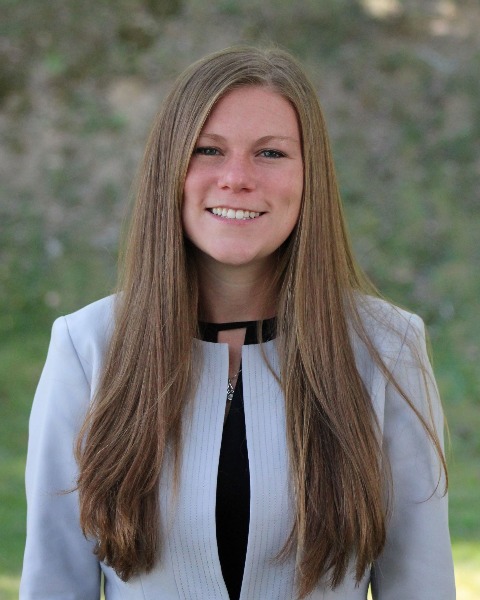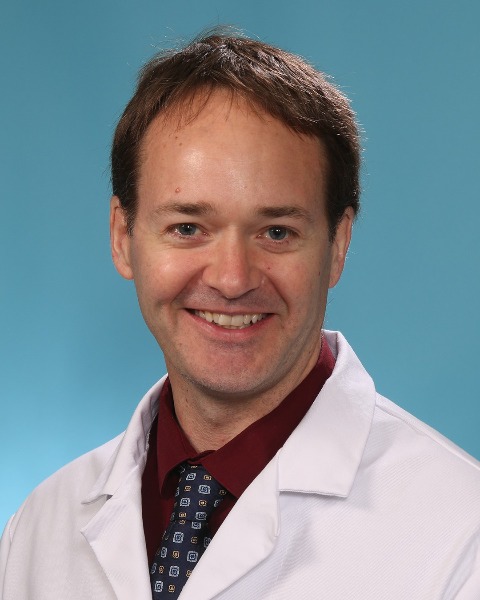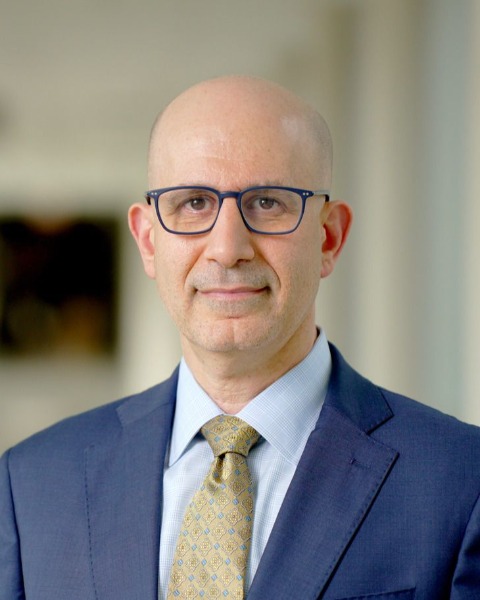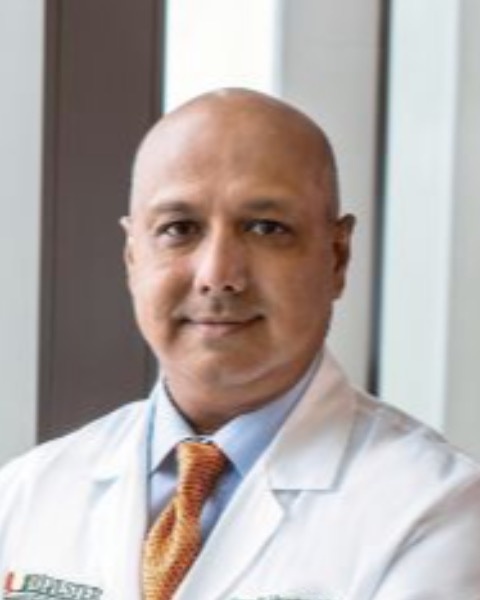Hepato-pancreato-biliary
E199: Black Race and CA 19-9 Nonproduction is Associated with Limited Pathologic Response to Neoadjuvant Chemotherapy in Patients with Localized Pancreatic Cancer

Mary P. Martos, MD, MPH
Post Doctoral Fellow
Department of Surgery, University of Miami Miller School of Medicine
Miami Beach, Florida, United States
Mary P. Martos, MD, MPH
Post Doctoral Fellow
Department of Surgery, University of Miami Miller School of Medicine
Miami Beach, Florida, United States
Mary P. Martos, MD, MPH
Post Doctoral Fellow
Department of Surgery, University of Miami Miller School of Medicine
Miami Beach, Florida, United States
Erin M. Dickey, MD (she/her/hers)
Resident
University of Miami
Miami, Florida, United States
Ujwal R. Yanala, MD
Surgical Oncology Fellow
University of Miami Miller School of Medicine, Sylvester Comprehensive Cancer Center., United States- KA
Kawther Abdilleh, PhD
Associate Director Health Data Analytics
Pancreatic Cancer Action Network, United States 
Ifeanyichukwu Ogobuiro, MD, MHS
T32 Surgical Oncology Research Fellow/Radiation Oncology Resident
University of Miami Miller School of Medicine, Sylvester Comprehensive Cancer Center
MIAMI, Florida, United States
Edmond W. Box, III, MD
Resident
UM
miami, Florida, United States
Syed A. Ahmad, MD (he/him/his)
Professor of Surgery, Director University of Cincinnati Cancer Center
University of Cincinnati Cancer Center
Cincinnati, Ohio, United States
Shishir K. Maithel, MD, FACS
Professor, Department of Surgery
Winship Cancer Institute of Emory University
Atlanta, GA, United States
Chet W. Hammill, MD
Associate Professor, Department of Surgery
Washington University School of Medicine in St. Louis, Siteman Cancer Center
St. Louis, MO, United States- HK
Hong J. Kim, MD
Chief of the Division of Surgical Oncology and Endocrine Surgery
Division of Surgical Oncology, University of North Carolina, United States 
Daniel E. Abbott, MD, FACS
University of Wisconsin Carbone Cancer Center
Surgical Director of UW Health Liver and Pancreas Center
Madison, WI, United States
David A. Kooby, MD, FACS (he/him/his)
Professor of Surgery, Division of Surgical Oncology
Winship Cancer Institute, Division of Surgical Oncology, Emory University
Atlanta, Georgia, United States- AP
Alexander A. Parikh, MD, MPH, FACS, FSSO
Chief of Surgical Oncology in the Division of Surgical Oncology and Endocrine Surgery
UT Health San Antonio MD Anderson Mays Cancer Center, United States - PH
Peter J. Hosein, MD
Associate Professor of Clinical Medicine
Sylvester Comprehensive Cancer Center, University of Miami, United States 
Nipun B. Merchant, MD
Chief Surgical Officer, Director of Surgical Oncology Research
Department of Surgery, Sylvester Comprehensive Cancer Center, University of Miami Miller School of Medicine
Miami, Florida, United States
Jashodeep Datta, MD
Associate Director of Translational Research, Sylvester Pancreatic Cancer Research Institute
Division of Surgical Oncology, University of Miami Miller School of Medicine, Sylvester Comprehensive Cancer Center
Pinecrest, FL, United States- CH
Caitlin A. Hester, MD
Assistant Professor of Clinical Surgery
Division of Surgical Oncology, University of Miami Miller School of Medicine, Sylvester Comprehensive Cancer Cente, United States
ePoster Abstract Author(s)
Submitter(s)
Author(s)
Black patients with pancreatic ductal adenocarcinoma (PDAC) are less likely to have major pathologic response (MPR) following induction chemotherapy compared to non-Black patients. Reports have suggested that Black patients are more likely to be CA 19-9 non-producers. We aimed to determine if CA 19-9 nonproduction contributes to racial differences in neoadjuvant chemotherapy (NAC) response. We also explored mutational differences between CA 19-9 producers (CAprod) and non-producers (CAnonprod).
Methods: Black and White patients with PDAC receiving ≥ 2 cycles of NAC followed by pancreatectomy at 7 high-volume centers were reviewed. Patients were categorized as CAprod (CA 19-9 > 5 U/mL) or CAnonprod (CA 19-9 ≤ 5 U/mL). Uni- and multi-variable models evaluated differences in rates of CAnonprod by race, and the association of CAnonprod with MPR (CAP 0/1). The Pancreatic Cancer Action Network SPARK platform which contains multi-omic data from the PanCAN Know Your Tumor program was queried for patients with CA 19-9 and genomic data. Fisher’s exact test was used to compare differentially mutated genes between groups.
Results: Our cohort included 385 CAprod and 30 CAnonprod. CAnonprod patients were more likely to be Black (50% vs 13%, p< 0.01). Compared with CAprod, CAnonprod received similar rates of FOLFIRINOX (60% vs. 57%, p=0.27) and duration of NAC (4 vs 5 cycles, p=0.83). Rate of MPR was higher among CAprod compared with CAnonprod (26% vs 8%, p=0.03). No CAnonprod patient had a complete pathologic response vs 28 (7%) of CAprod (p=0.12). CAnonprod was independently associated with decreased odds of MPR (OR 0.21, CI [0.04-0.99]). Black race was independently associated with increased odds of CAnonprod (OR 8.66, CI [3.81 – 19.7]). Subanalysis demonstrated no significant difference between rate of MPR between Black and White patients when stratified by CAnonprod. Both White and Black CAnonprod had low rates of MPR (12% and 9%, respectively, (0.68)). In SPARK, CAnonprod had higher rates of SWI/SNF alterations (50% CAnonprod vs 33% CAprod, P< 0.01; P-adj=ns), and ARID1B was the most frequently mutated gene in CAnonprod (28% vs 11%, p< 0.01; P-adj=ns).
Conclusions: CAnonprod was more often found in Black patients and was associated with lower rates of MPR following NAC in patients with PDAC. Moreover, CAnonprod was associated with higher rates of SWI/SNF alterations, noting a potential biologic basis for racial differences in chemotherapy response to curative-intent treatment for PDAC.
Learning Objectives:
- Upon completion, participants will be able to demonstrate a better understanding of the impact of CA 19-9 non-production in Pancreatic Cancer.
- Upon completion, participants will be able to identify the racial differences in CA 19-9 non-production and note CA 19-9 non-production as a potential basis for racial differences in chemotherapy response.
- Upon completion, participants will be able to express the most common somatic mutations associated with CA 19-9 non-production.
